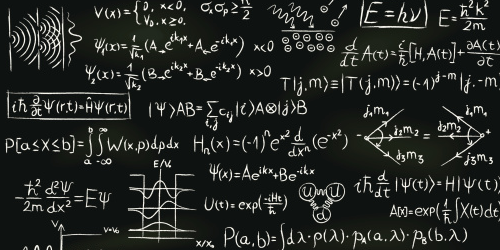How High Schools Teach Quantum Physics
In the past decade or so, secondary schools in several countries have begun including quantum physics as a part of their standard curricula. However, some educators have questioned whether the complicated material is appropriate for high school. To understand the current state of quantum physics pedagogy in secondary schools, Kirsten Stadermann of the University of Groningen in the Netherlands and colleagues analyzed the national curricula from 15 countries, most of them in Europe, and made some recommendations based on their analysis.
Comparing the curricula was complicated because different countries had different expectations for their students. Some spelled out educational requirements in great detail, whereas others were vague. Despite these challenges, the authors identified common themes. They found, for example, that the most frequently taught items were discrete energy levels, the interaction of light and matter, wave-particle duality, and applications of quantum physics.
The team recommends emphasizing the multiple interpretations of quantum mechanics, which was included in only a few of the curricula. This can help students understand that competing scientific models can coexist, if no evidence recommends one over the other. This lesson supports a broader educational goal that emphasizes science as a methodology of evolving models rather than a set of established facts. By seeing science as an iterative human endeavor, students can better contextualize timely scientific issues such as climate change. The researchers also think that lessons on the philosophical, creative, and human side of physics present a more realistic picture of science and could attract a broader variety of students.
This research is published in Physical Review Physics Education Research.
–Sophia Chen
Sophia Chen is a freelance science writer based in Tucson, Arizona.





